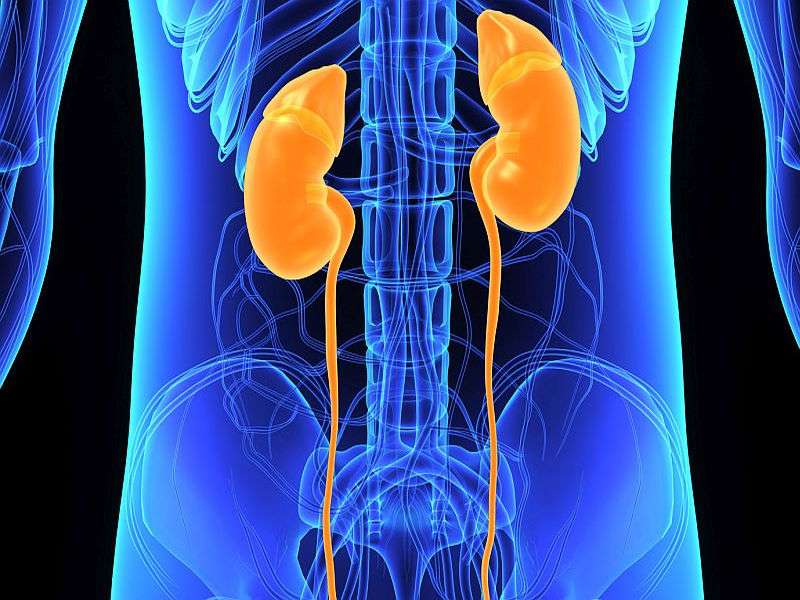(HealthDay)—An increase in human papillomavirus (HPV) prevalence after renal transplantation (RT) may result from reactivation of latent HPV infections in women, according to a study published online Dec. 23 in the American Journal of Transplantation.
Floor Hinten, M.D., from the Radboud University Medical Center in the Netherlands, and colleagues assessed the prevalence of genital HPV before and after RT in 65 female patients. Gynecological examination was performed at first visit, as well as one and two years later. Every three months, HPV self-sampling and questionnaires on sexual behavior were performed.
The researchers found that high-risk HPV (hrHPV) increased significantly from 19 percent before RT to 31 percent after RT (P = 0.045) with the highly sensitive SPF10-LiPA25 test and increased from 10 percent before to 14 percent after RT (P = 0.31) with the Cobas 4800 HPV test. No changes in sexual behavior were reported during follow-up. Among 33 patients who were counseled, but did not undergo RT, the hrHPV prevalence was 21 percent at study entry and 27 percent after 12 months using the sensitive test; prevalence held stable at 16 percent with the clinically validated Cobas test.
"The results of this study indicate that activation of latent HPV infections may contribute to the increased risk of HPV-related (pre)malignant lesions in female renal transplant recipients," the authors write.
More information: Full Text (subscription or payment may be required)
Journal information: American Journal of Transplantation
Copyright © 2016 HealthDay. All rights reserved.























